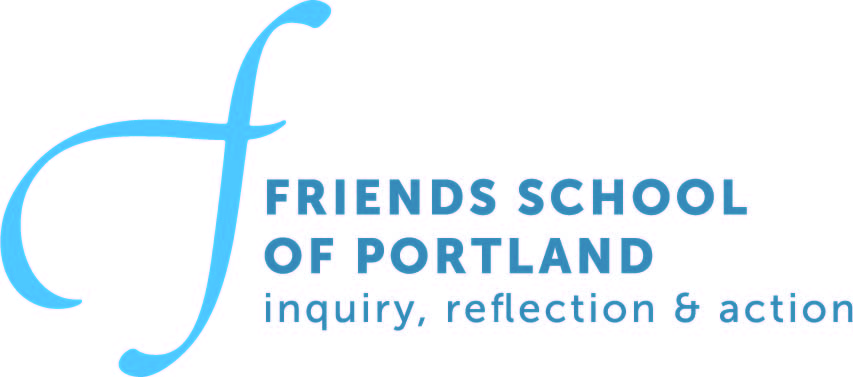Pictured above: Third and fourth grade students working together on their recent map unit.
Maps tell stories, and the cartographer gets to choose what story to tell and how to tell it.
Third and fourth-grade students delved into their unit on maps this spring. Early on, students began by looking at different types of maps of Maine and thought about the stories they tell. They traced outlines of Mackworth Island and then set out to create maps that told the story of their day's island adventure!
Students worked together on compass work, learning about longitude and latitude, cardinal and intermediate directions, and different features of maps. A visual dictionary of landforms was created as well as maps of Maine.
Students added Wabanaki place names to their maps of Maine. Casco Bay is named for a word that means "muddy waters", Chebeauague comes from a word meaning "almost separated" because of the tidal beach connecting Great and Little Chebeague Islands, and Sebago means "big still water".
A visit to the USM Osher Map Library was a treat to get up close and personal with beautiful map-making artifacts. Students had the opportunity to see how varied the practice of map mapping and globe-making can be.
And a later visit to Rine Forest provided a unique moment to use their newfound map skills. Students made a plan together for their hike. After looking at maps of local hikes, students decided on a visit to Rine Forest. They then decided to make a plan to eat lunch by a waterfall, and used the scale to figure out the distance to the waterfall. This had children working on adding decimals, and converting benchmark fractions to decimals. The fourth graders were explaining the difference between tenths and hundredths to their third-grade peers. It was a really great way for children to apply what they have learned in math to real-world situations, and it was a fun way to use their newly acquired mapping skills. Students felt very accomplished when they made it to the waterfall in time for lunch!

